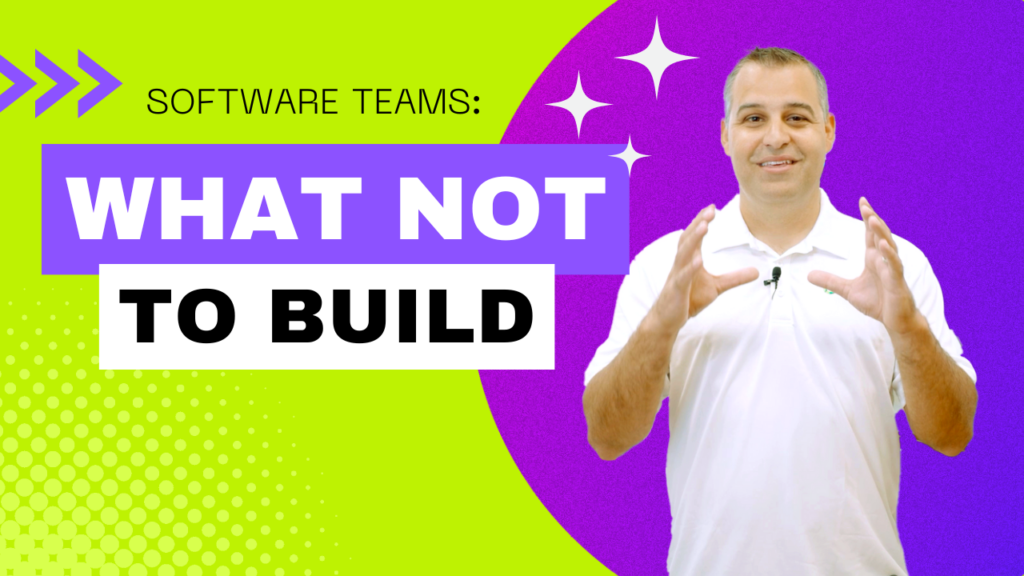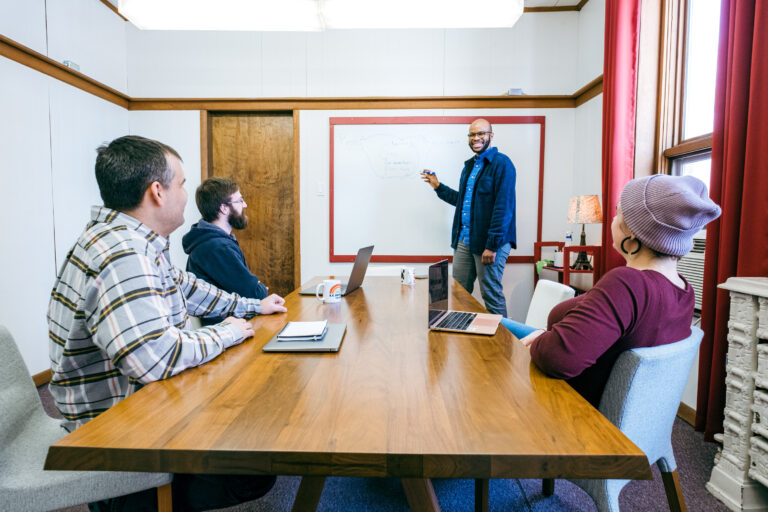As software product teams continue to grow and evolve, it’s important to remember the importance of knowing what not to build. While it can be tempting to build whatever a customer asks for, it’s important to focus on the core problem the product is trying to solve and stay laser focused on that problem. Additionally, it’s important to get feedback from a variety of customers, rather than just one, in order to paint a clear picture of the general problem being solved.
One mistake that product teams often make is building adjacent problems. These are problems that are closely related to the core problem being solved, but aren’t necessarily part of the solution. For example, if a customer asks for an integration with another software package, it’s important to consider whether that integration is necessary for the majority of customers in order to solve the core problem. If not, it’s best to hold off on building that functionality until later.
Another mistake that teams make is basing their decisions on the feedback of just one customer. While it’s important to listen to customer feedback, it’s equally important to get a general view of the problem by talking to a variety of customers. This will help ensure that the product is solving the most general problem, rather than just addressing the needs of one individual customer.
Additionally, it’s important to narrow the target market as much as possible. This will help focus the product on solving a specific problem for a specific group of customers, rather than trying to be everything to everyone. By doing this, product teams can avoid building unnecessary features and functionality that won’t be used by the majority of customers.
Product teams should avoid building things just because they can. Just because a team has the ability to build a certain feature or functionality doesn’t mean they should. Instead, teams should carefully consider whether a potential feature or functionality is necessary for solving the core problem and providing value to customers.
Knowing what not to build is just as important as knowing what to build when it comes to software product development. By staying focused on the core problem, getting feedback from a variety of customers, narrowing the target market, and avoiding building things just because they can, product teams can effectively and quickly deliver the products that customers want.




